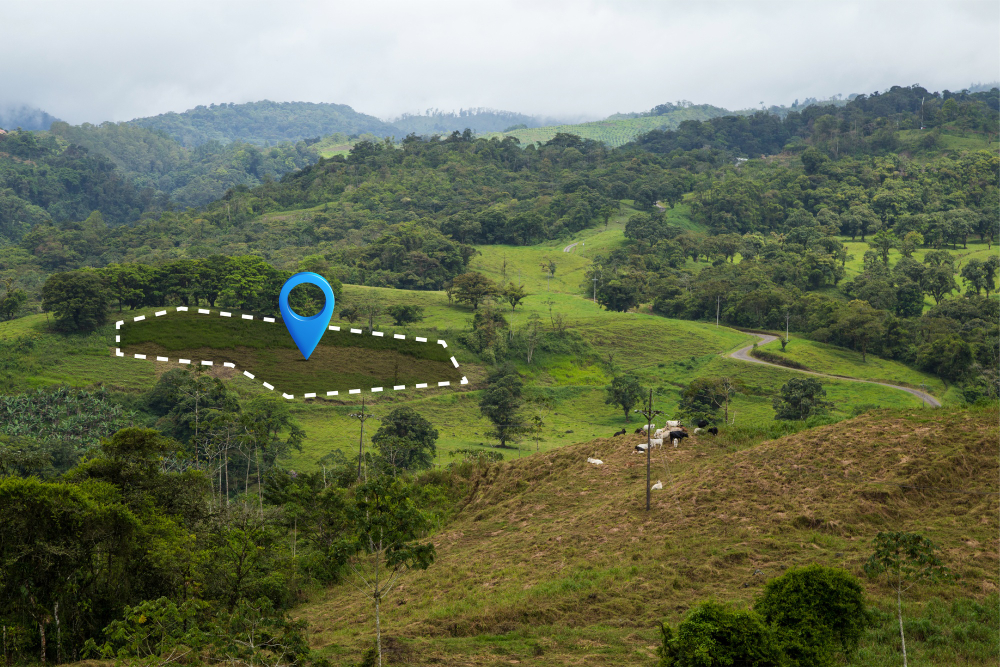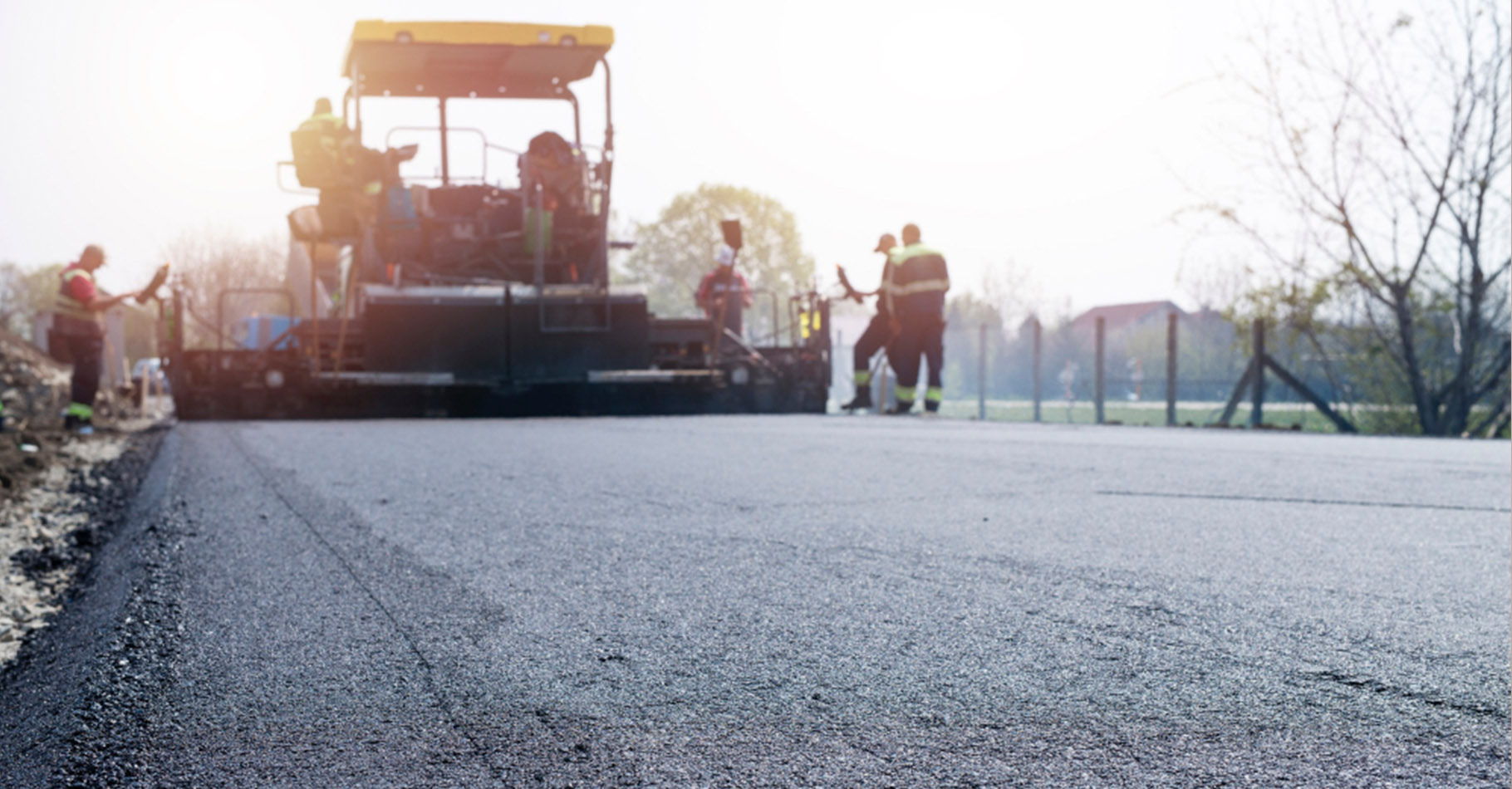Sustainability in road construction has become a major focus in recent years, as we strive for eco-friendly solutions. When you think of traditional road-building, images of noisy machinery and asphalt might come to mind. But today’s construction techniques are changing that image. With innovative and environmentally sound methods, road construction is getting a green upgrade. From recycled materials to energy-efficient designs, the future of roads is looking brighter—and greener—than ever before.
Recycling Materials: A Road to Less Waste
Ever wonder where all the old roads go when they’re torn up? In many cases, they’re recycled! Yes, that’s right—today’s road construction often incorporates materials from old roadways. Recycled asphalt and concrete reduce the need for new raw materials, which helps cut down on environmental impact. It’s a win-win! Plus, using recycled materials can save money, which means your community gets a great new road at a lower cost.
Imagine driving on a highway that was once an old road, rebuilt using sustainable practices. Not only does this help the planet by minimizing waste, but it also extends the life of these materials. By giving old roads a new lease on life, we’re reducing our dependence on virgin materials like gravel and sand. The result? Less energy consumption and fewer greenhouse gas emissions from the mining and transport of raw materials.
Eco-Friendly Construction Techniques
Gone are the days when road construction was a major source of pollution. Today, eco-friendly construction techniques are helping to minimize the environmental impact of new roads. One of the most exciting developments is the use of warm-mix asphalt, which requires less energy to produce than traditional hot-mix asphalt. The reduced energy usage means fewer emissions, which is great news for the environment.
Warm-mix asphalt also allows for more flexibility during construction, as it can be laid in a wider range of temperatures. This can help speed up projects and reduce traffic delays—so not only is it better for the environment, but it’s also more convenient for you! Fewer delays and a greener road? Yes, please!
Another innovative technique is permeable pavement, which allows water to pass through the road surface. This reduces runoff and helps manage stormwater, making it an excellent choice for areas prone to flooding. You’ve probably seen this in action in parking lots or pedestrian areas. By incorporating permeable surfaces into road design, we can help reduce the risk of flooding and improve water quality. It’s just another way that sustainable road construction is helping to create more resilient communities.
Reducing Carbon Footprints with Local Sourcing
Have you ever considered how far materials have to travel to get to a construction site? The transportation of materials can significantly increase a project’s carbon footprint. To tackle this, many road construction companies are focusing on sourcing materials locally. By using materials that are closer to the construction site, companies can reduce transportation emissions and energy use.
Think about the difference this makes: fewer trucks on the road, less fuel burned, and a smaller carbon footprint overall. Plus, using local resources helps support regional economies, creating jobs and boosting local industries. So, the next time you see a road being built, you can take comfort in knowing that it’s not just about connecting places—it’s about connecting sustainable practices with local prosperity.
Innovating with Smart Roads
As technology continues to evolve, so does road construction. One of the most exciting innovations in the field is the development of smart roads. These are roadways embedded with sensors and technology that monitor conditions in real-time. Imagine driving on a road that can alert you to upcoming hazards, like ice or heavy traffic, before you even see them. That’s the power of smart roads!
Not only do these roads help improve safety, but they also enhance sustainability. By optimizing traffic flow, smart roads can reduce congestion, which in turn lowers fuel consumption and emissions. Some smart roads even feature solar panels that generate clean energy or charging stations for electric vehicles. Talk about futuristic! These innovations make driving more efficient and environmentally friendly, all while paving the way (literally) for a sustainable future.
Embracing the Circular Economy
In the world of sustainable development, the concept of a circular economy is gaining traction—and road construction is no exception. Instead of following the traditional “take, make, dispose” model, the circular economy focuses on minimizing waste and reusing resources. This approach can be applied to road construction by recycling materials, extending the life of roads, and reducing the need for new raw materials.
Picture this: instead of tearing up an old road and sending the materials to a landfill, construction teams recycle the asphalt and concrete for use in new projects. This not only keeps waste out of landfills but also reduces the environmental impact of extracting and processing new materials. It’s a smarter, more sustainable way to build roads that aligns perfectly with the principles of a circular economy.
Supporting Local Ecosystems
Road construction doesn’t have to come at the expense of local ecosystems. Many modern projects are designed with environmental preservation in mind. Road planners and engineers now take extra care to protect natural habitats, minimize disruption to wildlife, and reduce the impact on the surrounding environment.
For instance, wildlife corridors are being incorporated into road designs, allowing animals to safely cross busy highways without coming into contact with vehicles. These corridors help prevent accidents and reduce habitat fragmentation, ensuring that local ecosystems can continue to thrive even as new roads are built.
Checkout: How can you maintain the ecosystems in your surrounding
Moreover, road construction can help combat deforestation by using sustainable forestry practices for materials like timber and plant-based products. By carefully managing natural resources and protecting biodiversity, we can build roads that support both human and environmental health.

The Role of Governments and Communities
Governments play a crucial role in promoting sustainable road construction practices. Through policies, regulations, and funding initiatives, they can encourage the adoption of green technologies and environmentally friendly methods. By prioritizing sustainability in infrastructure projects, governments are helping to pave the way for a greener future—both literally and figuratively.
But it’s not just governments that can make a difference. You, as part of the community, also have a role to play. By advocating for sustainable road construction and supporting projects that prioritize environmental health, you can help ensure that your neighborhood is part of the solution. After all, sustainable development is a collective effort, and every voice counts.
Conclusion: Paving the Way to a Greener Future
As you can see, road construction is evolving in exciting ways that support sustainable development. From using recycled materials to incorporating smart technology and preserving local ecosystems, modern road-building practices are becoming more eco-friendly and community-focused. Whether it’s reducing waste, lowering emissions, or creating safer, smarter roads, the future of road construction is brighter—and greener—than ever before.
So, the next time you find yourself driving on a newly built road, take a moment to appreciate the innovation and sustainability that went into its creation. These roads aren’t just taking us from point A to point B—they’re paving the way to a more sustainable and connected world.
Read also: Eco-Development: Building Sustainable Cities for the Future


Leave a Reply